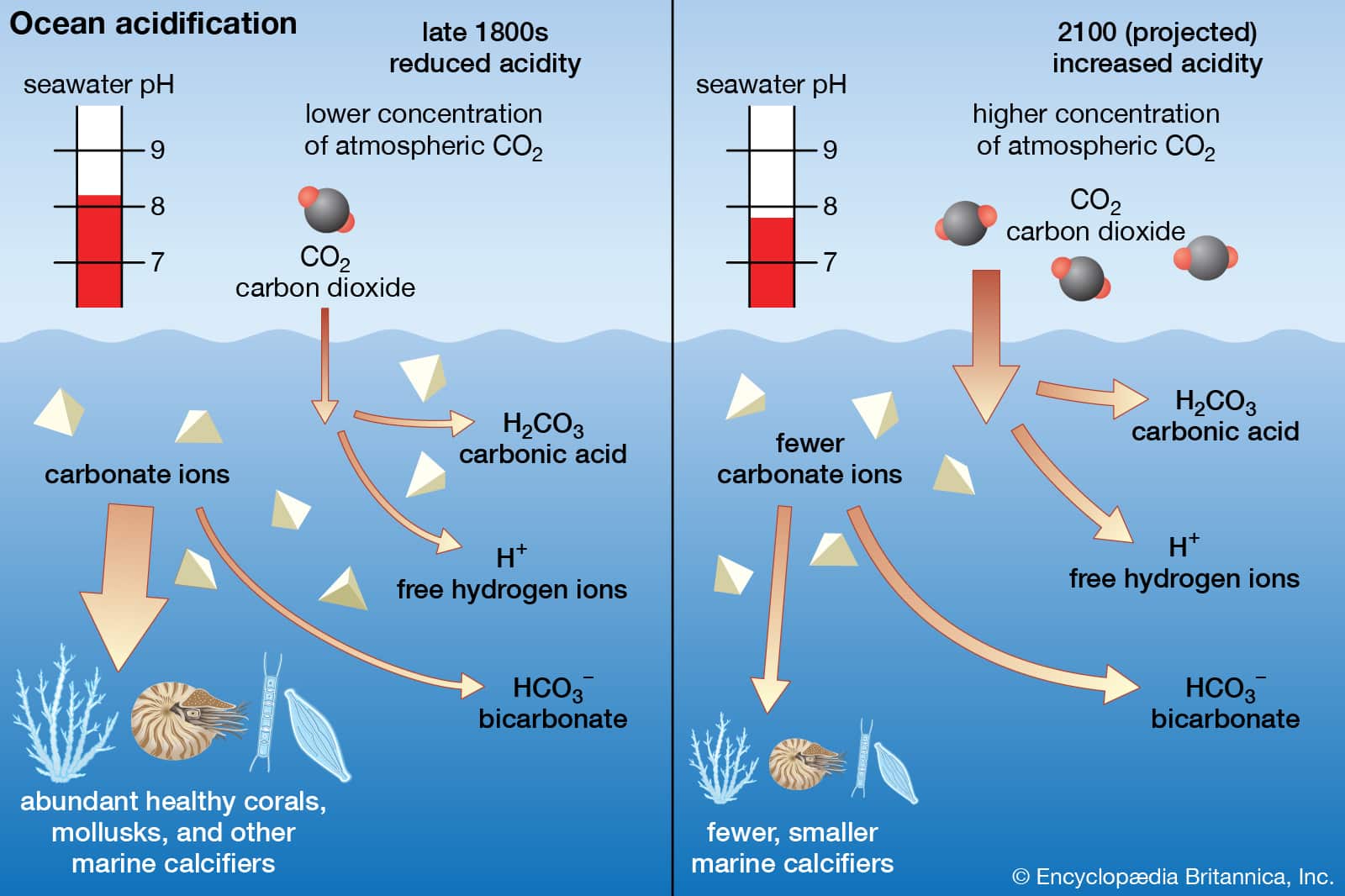List Of Climate Tipping Points Presentation
| Introduction to Climate Tipping Points | ||
|---|---|---|
| Climate tipping points are critical thresholds in the Earth's climate system that, when crossed, can lead to significant and sometimes irreversible changes. These tipping points can amplify the effects of global warming and accelerate climate change. Understanding and monitoring these tipping points is crucial for effective climate action. | ||
| 1 | ||
| Melting of Arctic Sea Ice | ||
|---|---|---|
| The melting of Arctic sea ice is a prominent tipping point. As the ice melts, it reduces the Earth's albedo, leading to more absorption of solar radiation and further warming. This can disrupt ocean circulation patterns, impacting global climate systems. | ||
| 2 | ||
| Disintegration of Greenland Ice Sheet | ||
|---|---|---|
| The disintegration of the Greenland Ice Sheet is another significant tipping point. As the ice sheet melts, it contributes to sea-level rise, intensifying coastal flooding and erosion. The loss of ice also disrupts global ocean currents, impacting weather patterns. | ||
| 3 | ||
| Collapse of Amazon Rainforest | ||
|---|---|---|
| The collapse of the Amazon rainforest is a critical tipping point due to deforestation and climate change. Increased droughts and rising temperatures can lead to a shift from a rainforest to a savannah-like ecosystem. This loss of the Amazon's carbon sink capacity could accelerate global warming. | ||
| 4 | ||
| Thawing of Permafrost | ||
|---|---|---|
| Thawing permafrost releases large amounts of trapped methane, a potent greenhouse gas, into the atmosphere. This feedback loop can amplify global warming, leading to more permafrost thawing and further methane release. Thawing permafrost also destabilizes infrastructure and ecosystems in Arctic regions. | ||
| 5 | ||
| Collapse of West Antarctic Ice Sheet | ||
|---|---|---|
| The collapse of the West Antarctic Ice Sheet could significantly contribute to sea-level rise. As the ice sheet disintegrates, it exposes underlying land, which absorbs more solar radiation, further accelerating melting. The loss of the ice sheet could raise global sea levels by several meters. | ||
| 6 | ||
| Changes in Ocean Circulation | ||
|---|---|---|
| Changes in ocean circulation, such as the shutdown of the Atlantic Meridional Overturning Circulation (AMOC), can have far-reaching consequences. The AMOC plays a crucial role in redistributing heat globally, and its disruption can lead to regional climate changes, including colder temperatures in Europe. Rising global temperatures and increased freshwater input from melting ice can weaken the AMOC. | ||
| 7 | ||
| Acidification of Oceans | ||
|---|---|---|
| Increased carbon dioxide absorption by the oceans leads to acidification, which threatens marine ecosystems. Acidification can harm coral reefs, shellfish, and other marine organisms that rely on carbonate ions for growth and shell formation. The loss of these ecosystems has cascading effects on fisheries and the overall health of the oceans. | ||
| 8 | ||
| Destabilization of Methane Hydrates | ||
|---|---|---|
| Methane hydrates, frozen deposits of methane beneath the seafloor and Arctic permafrost, are vulnerable to warming. If destabilized, vast amounts of methane could be released into the atmosphere, causing a significant positive feedback loop. The release of methane would accelerate global warming and further amplify climate change. | ||
| 9 | ||
| Summary and Conclusion | ||
|---|---|---|
| Climate tipping points are critical thresholds in the Earth's climate system that, if crossed, can lead to significant and often irreversible changes. Understanding and mitigating these tipping points is crucial for avoiding catastrophic climate impacts. Urgent action is needed to reduce greenhouse gas emissions, protect vulnerable ecosystems, and transition to a sustainable future. | ||
| 10 | ||
| References (download PPTX file for details) | ||
|---|---|---|
| IPCC Special Report on Global Warming of 1.5°... Hansen, J., et al. (2016). Ice melt, sea leve... Steffen, W., et al. (2018). Trajectories of t... |  | |
| 11 | ||








